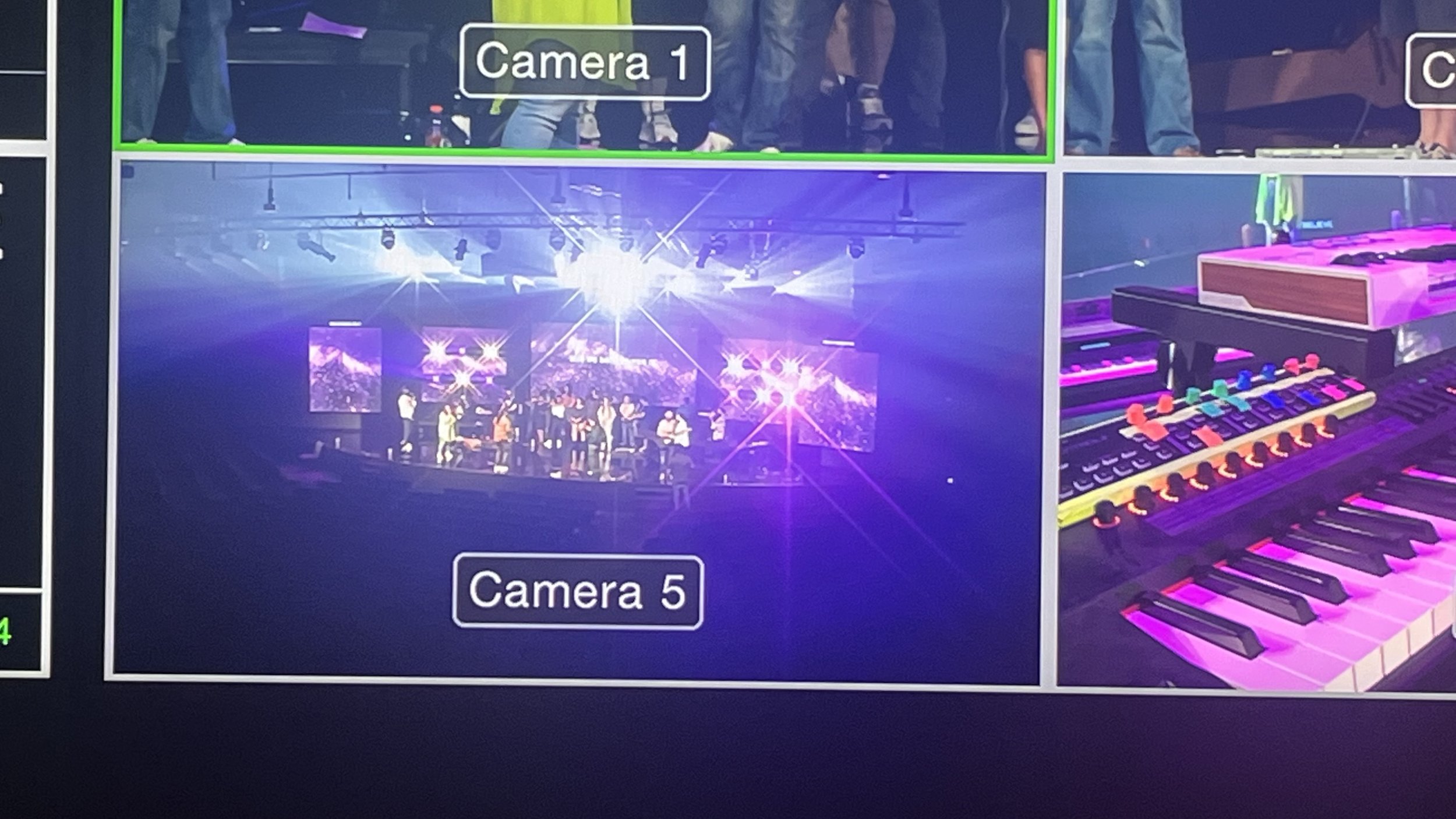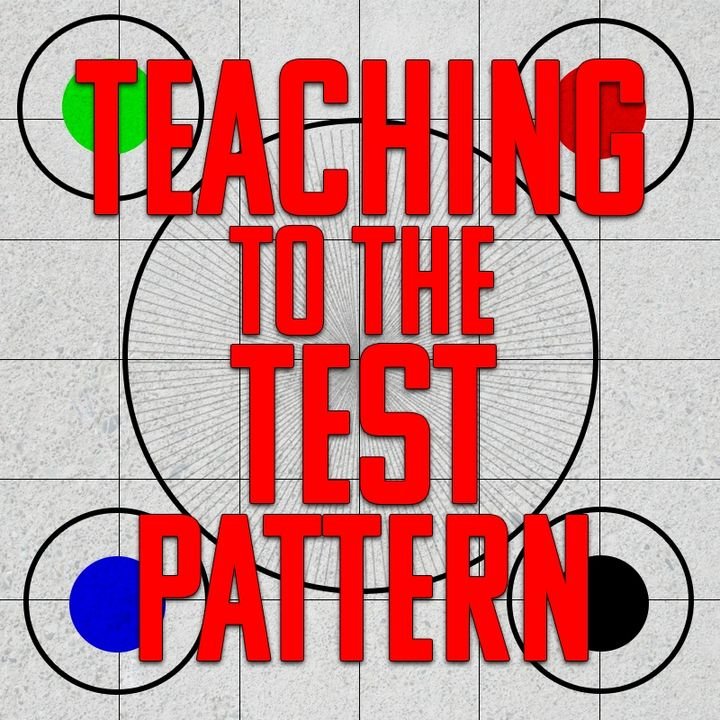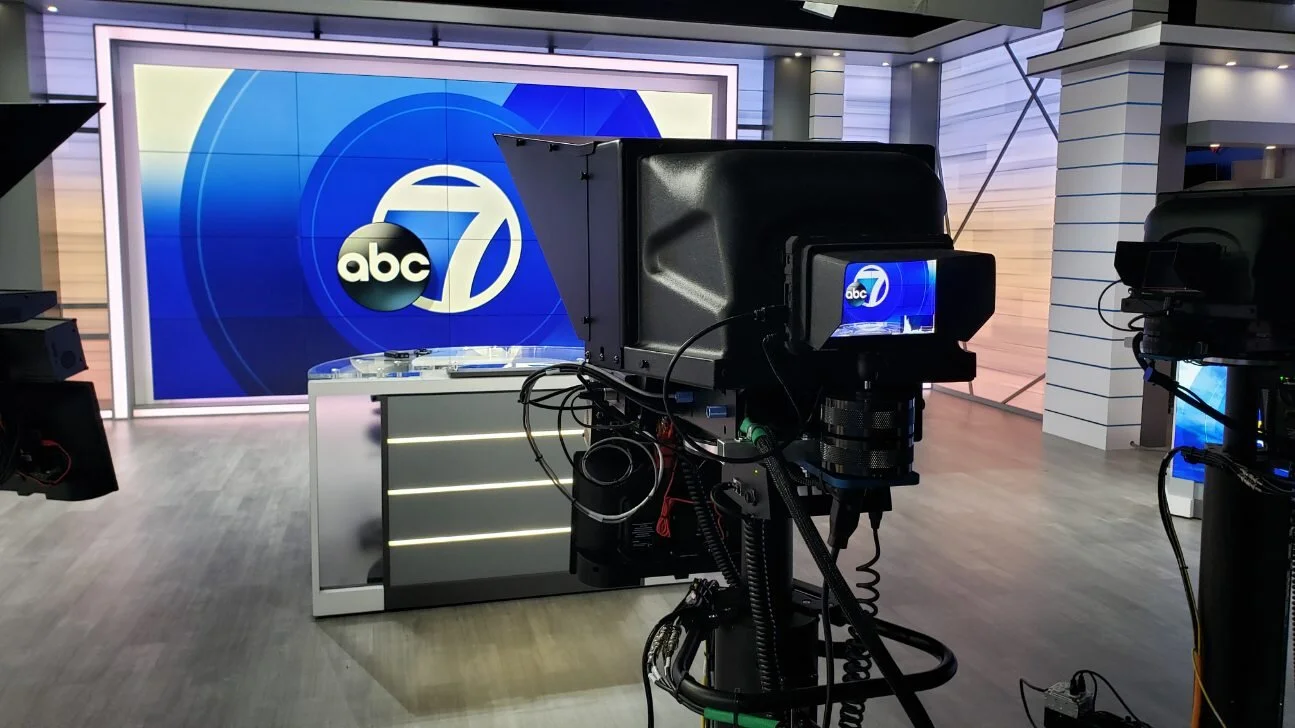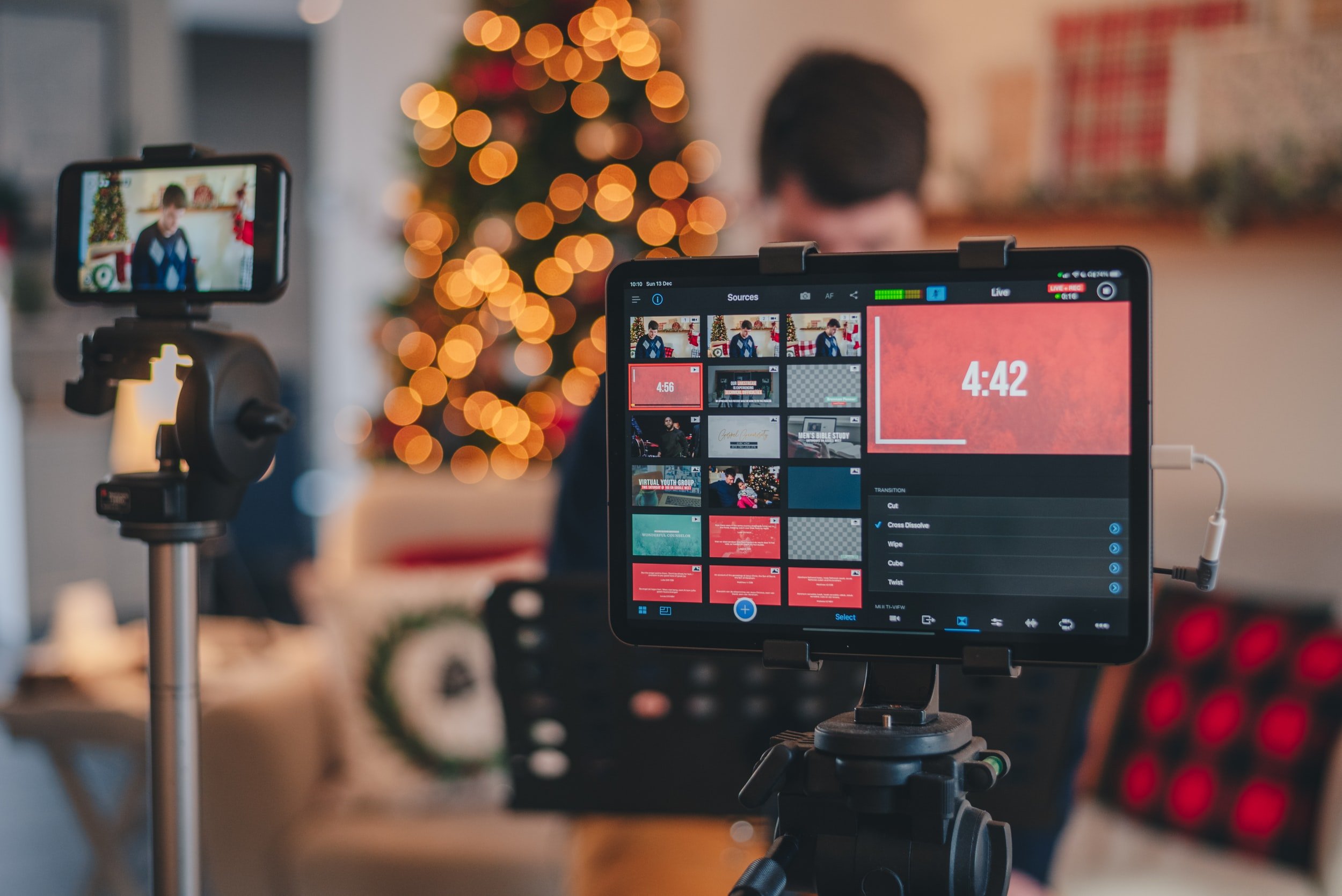
POV: SkillsUSA Technical Chair
My preparation for this contest started several months ago - actually over a year ago. We were on site at the SLSC as a sponsor last year. I already had a relationship with some of the AV teachers in the state but I was intent on meeting more. As I met more teachers, I found out that many weren’t happy with the VNP contest. They had a lot of questions and most importantly, they felt it didn’t match what the students experienced at the national contest.
I have known the SkillsUSA national tech chair for VNP for many years and last year was the first time that I got to work the national contest as a judge - I had been to 3 as an advisor. My eyes were opened. The teachers here had a point, what they experienced was nothing like nationals. As a matter of fact, it was so far different from nationals that it was almost not the same contest!

May Content Ideas
Explore engaging May content ideas for school programs, including Teacher Appreciation Week, monthly celebrations like Mental Health Awareness and National Photography Month, and daily event coverage from World Password Day to National Burger Day. Discover creative social media post prompts and article topics for effective student engagement and program promotion. Perfect for educators and student media creators looking to plan compelling content for May 2025.

April Content Ideas
Get creative with April content ideas for your school show! Find engaging topics like April Fool's Day pranks, spring sports updates, prom coverage, and graduation prep. Plus, explore unique observances like National Peanut Butter & Jelly Day and National School Librarian Day. Keep your audience engaged and finish the school year strong with these fun and relevant story ideas.

March Content Ideas
March is no man’s land in the school year. You are past the excitement of Christmas, not quite to Spring Break, and certainly no where near summer.
This month, there are a ton of great things to celebrate, cereal, tamales, Oreos, and more…. they aren’t all food but there is a lot this month.
Check out the list of ideas to create content every day in March.

February Content Ideas
February is the shortest month of the year and for most teachers it feels like the longest month of the school year. Other than President’s day, there seems to be no break in the month. The students have started to get comfortable with the class and their true selves - good or bad - are starting to show.
Use these ideas to help ease your workload - especially if you pair these with our Black History Month ideas, your content calendar should be full and you get to move from creating ideas to coaching your students.

Myth Busted: Hollyland Wireless Does Work When People Show Up!
Tom shares his experience with the Hollyland C1 as he tried to bust the myth about the device only working in the perfect scenarios.

Starting Over and Moving Forward
“If I had known then what I know now” those words from one of my favorite Pearl Jam songs have been echoing in my head for the last two months. The “then” in this case was late February 2010, when I started my first job in education. I was hired as a Program Assistant for a federal grant at a small school in South Georgia. I was 24 years old and I had no idea what I was doing.

What Are The 5 Major Problems With Wireless Microphones?
Wireless microphones are convenient and versatile devices that allow you to move freely on stage or in the room without worrying about cables. However, they also come with their own challenges and potential issues that can affect the quality and reliability of your sound. This blog post will discuss the five major problems with wireless microphones and how to solve them.

Teaching To The Test Pattern: EP108 - Bill Phelps
In episode 108 of Teaching To The Test Pattern, Tom talks with Bill Phelps from Harrison High School. Phelps and his students produce two studio shows - Hoya Vision and HSPN - on their YouTube channel:

Waterman Broadcasting Studio Gets a PTZ Makeover
Waterman Broadcasting was a 12-year-old ABC studio that needed a fresh face for local viewers, who have come to regard the station as their news and weather information fountain. Bob Hannon, Senior Production Engineer, was tasked with making it happen.

7 Ways to Hide a Lav Microphone
In this article, we’ll explore how to capture audio with a lav mic cleverly placed on the human body, just outside the camera’s view. You’ll learn how to use a special mic that is great for hiding because it is super small.

The Package: Creating the Perfect Newscast
The foundation of any TV newscast is its packages. That's because, if they are done well, packages have all the elements that bring a story alive: good pictures, interesting sound bytes, and a well-written script. If any of these elements is weak, the story may be downgraded (to a VOSOT or even a VO) or kept short. In other words, the quality of the video and the sound bytes often determines the length of a package.

News Judgement and Reporting
As you move out into the journalistic world, you will hear it said of some reporters, producers and editors that they have "good news judgment." But what is that? How can the New York Post or Fox News trumpet stories that The New York Times or other network newscasts will not even mention?

Writing Scripts for Broadcast News
With current demands placed on broadcast instructors and the limited time available for you to prepare your students, the best way to ensure a well-established news gathering and production process is to implement a Newsroom Computer System (NRCS). In fact, an NRCS is the only choice of serious and competitive broadcast programs because these productions require a uniquely efficient, effective and structured workflow that cannot be well performed by unconnected tools.

Writing Compelling Leads for Broadcast News
While there are few "perfect" leads, some are better than most. As you pursue a career in journalism, you'll encounter those leads that are memorable, those leads that are acceptable, and those that are simply not very good. And because all news stories are different from one another, you'll also learn that different methods can solve the challenges in writing good leads.

How to Anchor Like a Pro - Part 3
Over the last two articles, I have talked about becoming a successful television anchor or reporter. The best in the business don’t become a success overnight. They spend years toiling away in small markets, working long hours, making very little money. Students with stars in their eyes are always surprised to hear this, and seem to genuinely appreciate the “real scoop.”

How to Anchor Like a Pro - Part 2
The best anchors in this country do not waltz onto the set and read their scripts cold; they have spent time writing, re-writing and practicing their scripts. Here are a few tips on how to make sure you read like a pro when you deliver the news.

How to Anchor Like a Pro - Part 1
There are many practical tips you can teach your students that they can implement right now to become better newscasters immediately at their schools. Over a series of articles, I will outline as many as possible, so you can share these tools with your aspiring broadcast journalists.

